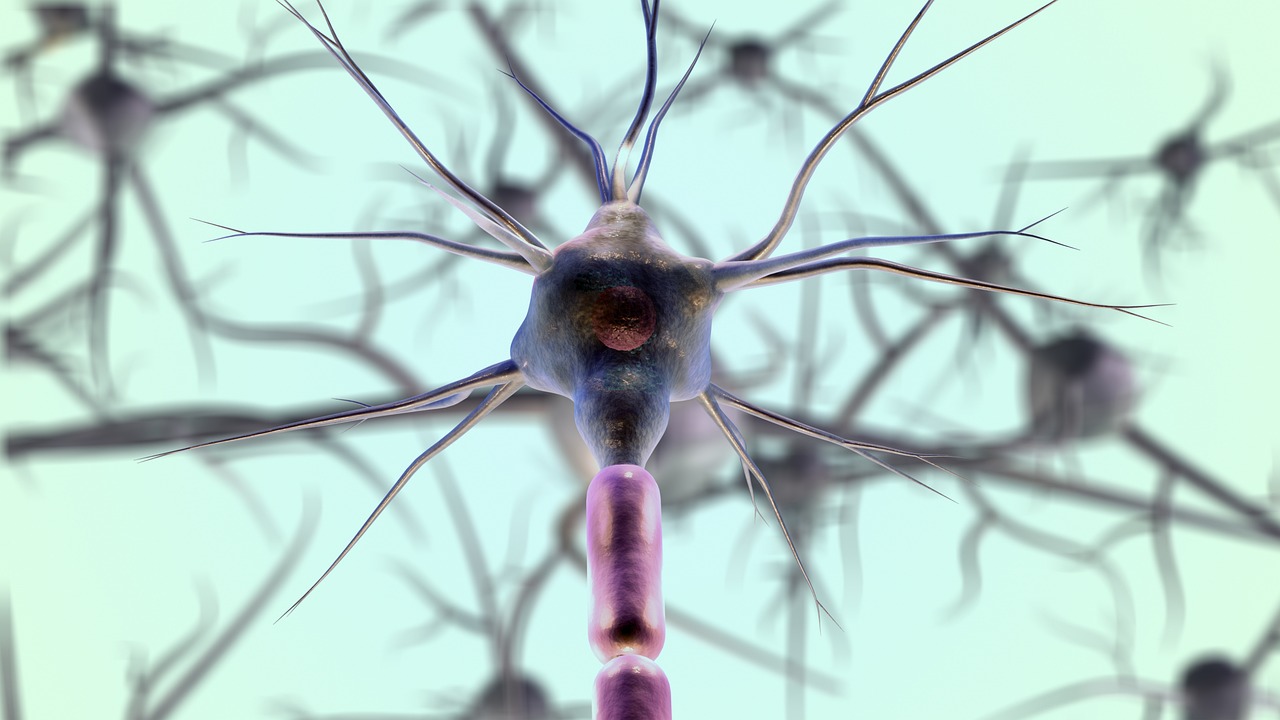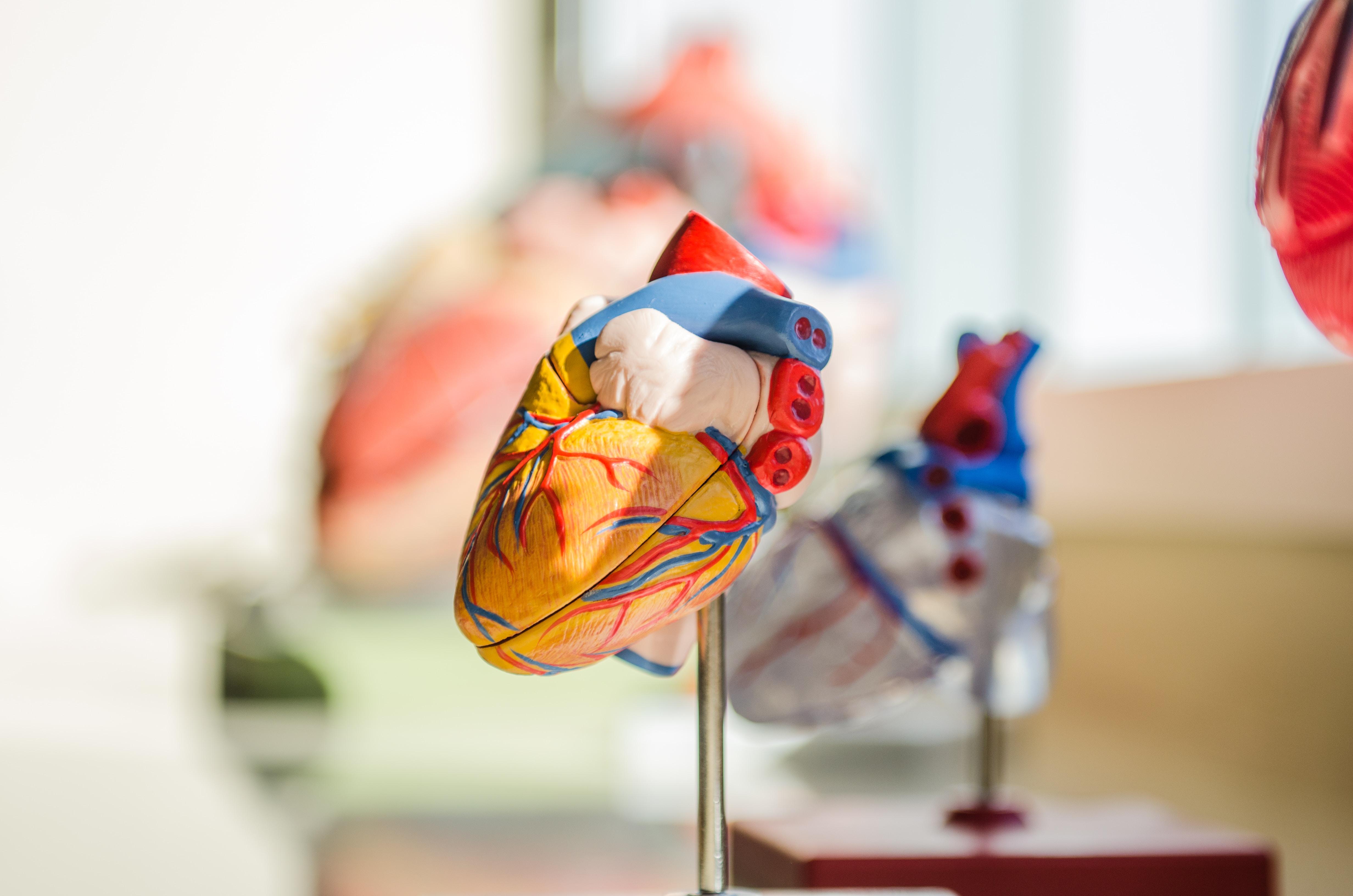Hemochromatosis, a hereditary disorder, is characterized by the body’s excessive absorption and accumulation of iron from food. While iron is essential for various bodily functions, its excess can lead to serious health complications. This condition, often referred to as “iron overload,” can have a significant impact on an individual’s overall well-being.
Causes and Types
The primary cause of hemochromatosis lies in genetic mutations that disrupt the body’s regulation of iron absorption. There are two main types: Hereditary Hemochromatosis (HHC) and Secondary Hemochromatosis. HHC is caused by specific genetic mutations inherited from parents, whereas secondary hemochromatosis is usually a result of other medical conditions such as anemia, alcoholism, or frequent blood transfusions.
Symptoms and Effects
In the early stages, hemochromatosis might not show noticeable symptoms, making early detection challenging. As iron accumulates over time, it can affect the liver, heart, pancreas, and other organs. Common symptoms include fatigue, joint pain, abdominal pain, and even changes in skin pigmentation known as “bronze diabetes.”
Diagnosis and Treatment
Diagnosis often involves blood tests to measure iron levels and genetic testing to identify mutations. Early detection is crucial to prevent complications. Treatment mainly revolves around phlebotomy, a process in which excess blood is removed to lower iron levels. This procedure is akin to donating blood and is considered an effective method to help manage iron levels.
However, bloodletting is a symptom relief. This way of tackling symptoms is necessary, but it is also very important to take a closer look at your diet so that you don’t always get too much iron from the wrong food sources, such as from certain animal products.
Conclusion
Hemochromatosis underscores the delicate balance that iron plays in the body. While iron is vital for red blood cell production and other functions, its excessive accumulation can lead to serious health issues. Early diagnosis, proper management, and drastic changes in diet and lifestyle modifications can help individuals with hemochromatosis live healthier lives and avoid complications associated with iron overload.




